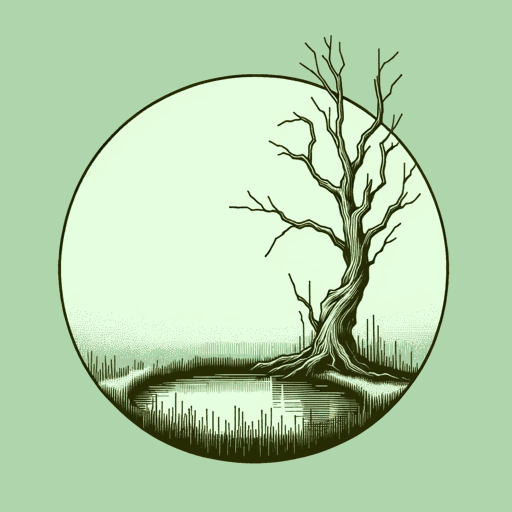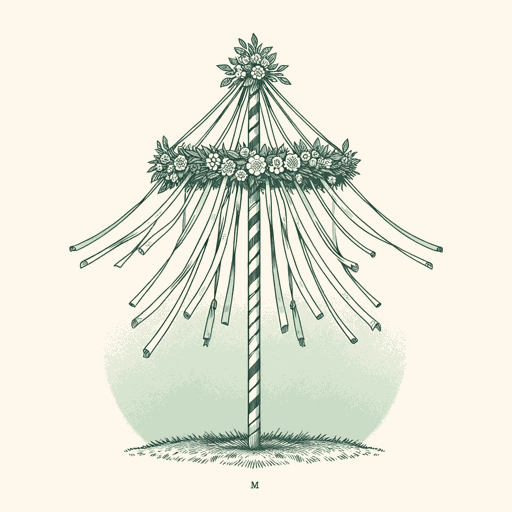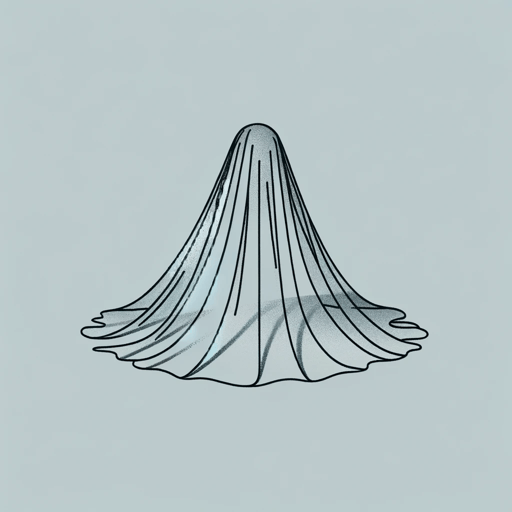106 pages • 3 hours read
Nathaniel HawthorneThe Scarlet Letter
Fiction | Novel | YA | Published in 1850A modern alternative to SparkNotes and CliffsNotes, SuperSummary offers high-quality Study Guides with detailed chapter summaries and analysis of major themes, characters, and more. For select classroom titles, we also provide Teaching Guides with discussion and quiz questions to prompt student engagement.
Important Quotes
“Some authors, indeed, do far more than this, and indulge themselves in such confidential depths of revelation as could fittingly be addressed, only and exclusively, to the one heart and mind of perfect sympathy; as if the printed book, thrown at large on the wide world, were certain to find out the divided segment of the writer’s own nature, and complete his circle of existence by bringing him into communion with it.”
(Introduction, Page 7)
Before detailing how he came to write The Scarlet Letter, Hawthorne explains his decision to include a personal preface to the novel. In doing so, he introduces a theme that will be central to the narrative itself: the relationship between personal identity and public image. In the above passage, for instance, he implies that the public persona one adopts will inevitably be interpreted in unintended ways; the only person who could feel “perfect sympathy” with the self an author projects in his works is in fact “the divided segment of the writer’s own nature”—that is, the author himself.
“With his own ghostly hand, the obscurely seen, but majestic, figure had imparted to me the scarlet symbol, and the little roll of explanatory manuscript. With his own ghostly voice, he had exhorted me, on the sacred consideration of my filial duty and reverence towards him,—who might reasonably regard himself as my official ancestor,—to bring his moldy and moth-eaten lucubrations before the public.”
(Introduction, Page 33)
Although Hawthorne’s story of how he came up with the idea for The Scarlet Letter is likely embellished (if not entirely fabricated), it does have figurative significance. The narrator’s account of feeling a “filial duty” toward his “official ancestor”—that is, his predecessor at the Custom House—humorously echoes his attitude toward his real ancestors; Hawthorne was ashamed of the role his family had played in events like the Salem witch trials, and (as he explains earlier in the Introduction) he felt obliged to atone for their actions. Implicitly, the novel itself is his way of doing this, with the evolution of the “scarlet symbol” over the course of the
Related Titles
By Nathaniel Hawthorne

Dr. Heidegger's Experiment
Nathaniel Hawthorne

Ethan Brand
Nathaniel Hawthorne

My Kinsman Major Molineux
Nathaniel Hawthorne

Rappaccini's Daughter
Nathaniel Hawthorne

The Ambitious Guest
Nathaniel Hawthorne

The Artist of the Beautiful
Nathaniel Hawthorne

The Birthmark
Nathaniel Hawthorne

The Blithedale Romance
Nathaniel Hawthorne

The Hollow of the Three Hills
Nathaniel Hawthorne

The House of the Seven Gables
Nathaniel Hawthorne

The Marble Faun
Nathaniel Hawthorne

The Maypole Of Merry Mount
Nathaniel Hawthorne

The Minister's Black Veil
Nathaniel Hawthorne

The Wives of the Dead
Nathaniel Hawthorne

Young Goodman Brown
Nathaniel Hawthorne

